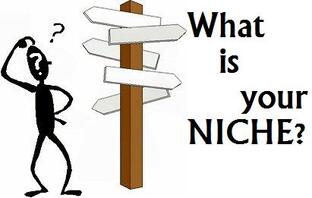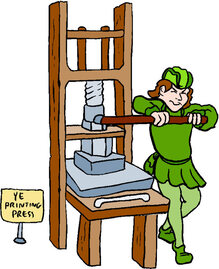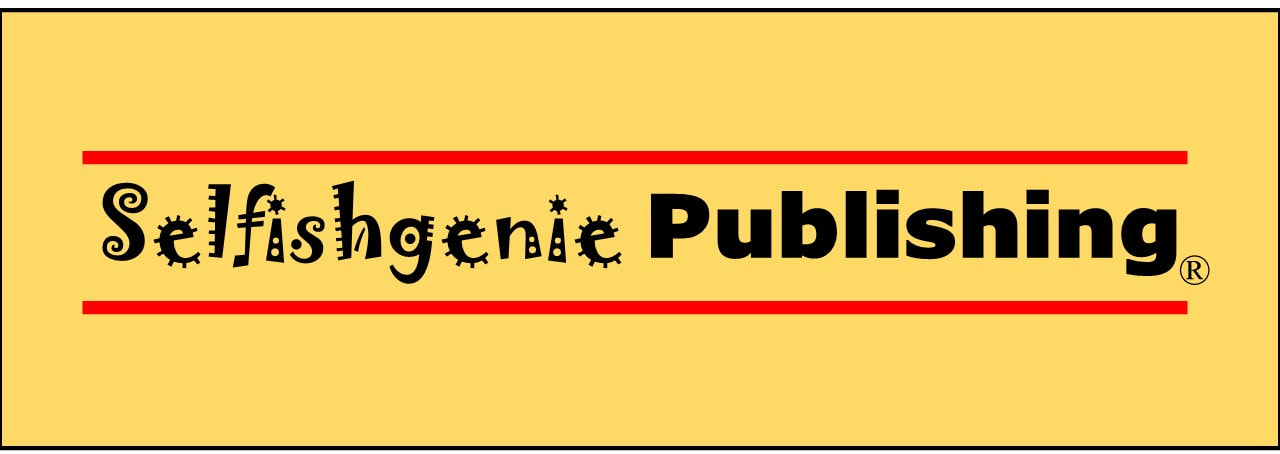Week 3 - Size Isn’t Everything  Last week we looked at trying to find yourself an agent. Of course, we hope you succeed in your search, but you may not. There may come a time when you have exhausted your list of agents compiled from “The Artists’ ℇ Writers’ Yearbook”, but that doesn’t mean you are at the end of the line. Oh no – you have hardly even left the station.
I said in last week’s blog that each submission was a one-shot deal – but that applies only to that book. Many authors find an agent with their second, third or even fourth effort. So – keep the faith, keep writing and keep querying. Secondly, you aren’t at the end of the line in terms of traditional publishing quite yet.There are medium sized publishing houses, outside of that elite clique of international names, who will accept submissions direct from authors. Search the internet to identify them and then do exactly what you did with querying an agent, because it is an almost identical process.  First of all, you will have to establish if they are a bona fide medium sized publisher. That is simple enough. Their website will list their authors. You may not recognise some of their names, but that is probably because we are more familiar with the best-sellers list (the top 1% of authors) than we are with the mass of authors who make up the majority of the publishing market. You should also be able to find their books on the websites of the book retailers, both the ones that are on the High Street and the ones that operate online. If the publisher has only a handful of authors or titles, they aren’t medium sized, they are small (but perfectly formed, like us).  Many of the medium sized publishers concentrate on particular market sectors: romance, sci-fi, war and military etc. So, the next thing you need to establish is which publishers are going to be right for you. You are wasting everyone’s time if you submit to a publisher that doesn’t publish your genre and you are just leaving yourself open to the disappointment of receiving yet another rejection letter. There is no substitute for research. Like agents, publishers are inundated with submissions. For this reason, they often close for submissions for a few months at a time. Don’t upset the publisher by sending in your query when they say they are closed. They won’t read it. "Like agents, publishers are inundated with submissions." But also don’t be put off by the “closed” sign. Keep going back to the website to see if they have re-opened. If they have put out a date when they expect to re-open, make sure you visit that day and every day until the “open” sign goes up again. Persistence pays off. But, just like agents, medium sized publishers only take on a handful of new authors each year, so you are still fishing in a very small pond alongside tens of thousands of other anglers, so you may still be unsuccessful.  Now, back in Week 1 of this blog we made it clear that you should never part with money up front for publishing your book. We stand by that, but we also said there are times when you may need to pay for certain services. We are now going to look at one of those services. It actually falls under the heading of “self-publishing”, but it is of a particular type. For a fee, there are companies that will take your book and will print you a set number of copies for an agreed price. For some people this is a service worth paying for. It is essential, at this point, for us to be very clear about what these businesses offer. They will print your book for you, but they won’t sell it. Selling it is very much up to the author.
your book has, the trim size (the physical dimensions), the number of illustrations, the quality you want and other factors. The printers who offer this service usually have a menu of pricing options and provide a pretty good quality product – they wouldn’t stay in business if they didn’t. The problem usually comes from the minimum order quantity. Typically, this is around 500 copies, as it isn’t worth the printer setting up the presses for anything less.  I don’t know if you have ever taken delivery of 500 books in one go, but they are heavy (you’ll pay for that in the delivery charges) and they take up a lot of space. At 20 books to a box (about as much as one person can lift without risking injury), you are going to end up with 25 boxes minimum. Then you have to try to find outlets to sell the books, which means trekking around all the independent bookshops in the area (and probably further afield), trying to persuade them to stock a few copies on a “sale or return” basis. There are some specialist outlets you can also try, such as garden centres for gardening books, craft shops for crafting books etc but it still needs you to wander from each to the next with an armful of books and a hopeful smile.  Let’s have a look at the economics of this. If you have had 500 books printed at a cost £5,000, that means each book has to sell for a minimum of £10 just to break even. Then add about 50p to cover the delivery costs. The bookshop (or other outlet) wants to make a profit, so we’ll call that another £1 (they will probably want more, but we’re optimists) and you also want to see some income, say another £2. So, your book has to sell for a minimum of £13.50 per copy. But you are an unknown author. Are people going to be willing to pay that much? We will be discussing pricing in greater detail in a later blog. At the other end of the cost range, the book will have to sell at £6.50 plus for everyone to make something from it, but even that is a lot to pay for a book by an unknown author. But at that price you do stand a better chance of success and you have a bit more room to negotiate with stockists over their cut. The most likely outcome is that you are going to end up with a shed, garage, attic or even all three, full of unsold books. You’ll attend book fares and author events, of course, you’ll give away a few copies to friends and family for free and maybe donate a few copies to local libraries, but that still leaves a lot of books unsold. I know the most likely destination for them. "you do stand a better chance of success and you have a bit more room to negotiate with stockists over their cut."  There is a solution that allows you to sell to a wider audience and that is Amazon Marketplace. If you set yourself up with an account on that you can sell your book through their website, which thousands of people do for a wide range of products, not just books. Amazon will want a cut, of course and you’ll have to charge post and packaging, which adds to the cost of your book for the reader. But it does put your book in front of a much wider audience and you don’t have to trek around the bookshops and the garden centres to do it.  But no one is going to stumble on your book by accident, even on Amazon. You are going to have to do some marketing and we’ll be covering that in future blogs, because it’s such a huge subject in its own right. If you have a storage problem, there are three ways of dealing with it. The printer may agree to store your books for you, but they will charge you for the service. When you get an order, the printer will package and post your book for you. Not all printers offer this service. Amazon will agree to store the books for you in their warehouse and they will also distribute them for you. But, of course, Amazon will charge you for that as well. And if your book doesn’t sell, after a while Amazon will ask you to take your unsold copies back (or dispose of them in another way), to free-up space for more profitable products. Finally, there are “fulfilment” services. These are companies that hold stocks of products for a wide range of small online retailers (again, not just authors) and distribute the products on their behalf. But beware – not all of them have glitzy warehouses. Some operate out of their garden sheds or garages – just like you.  A modern POD facility. A modern POD facility. The 21st century innovation of “Print on demand” (POD) has changed the dynamics of this industry for the better. Your book is held as a computer file by the printer and when an order for it comes through, the book is printed, packaged and distributed. It normally reaches the customer within 3 – 5 working days. For readers that want paperback books rather than e-books this is usually acceptable and, because there is no physical book to store, you can keep your costs down. There are a number of reputable printers that offer POD services. Ingram Content Group are perhaps the best known in the UK market. This is NOT a recommendation, but a visit to their website will tell you more about how it works. Amazon’s Kindle Direct Publishing (KDP) offers a POD service, which allows you to publish an ebook and a paperback side by side, linking the two products together. Most other self-publishing platforms don’t offer that facility.  So, you can’t find an agent, the medium sized publishers aren’t showing an interest in your masterpiece and you don’t want the hassle of having to store and sell hundreds of copies of printed books. What next? Well, this brings us to self-publishing and small publishing houses. Please don’t groan. There are thousands of authors just like you making a creditable income using this route. I know of at least one (I’m a fan of his work, but we don’t publish him, more’s the pity) who is actually in negotiations to have his books turned into a TV series. So, don’t knock this route until you have tried it. But that is the subject for next week’s blog. If you have enjoyed this blog and found it informative, make sure you don't miss an edition by signing up to our newsletter. Just click the button.
0 Comments
Leave a Reply. |
AuthorThis blog is compiled and curated by the Selfishgenie publishing team. Archives
June 2025
|

 RSS Feed
RSS Feed